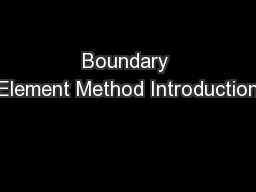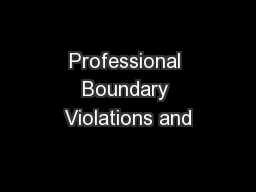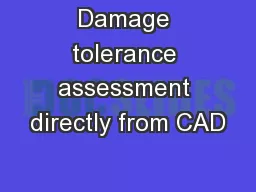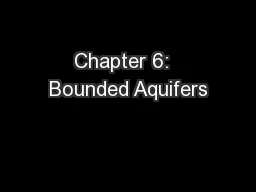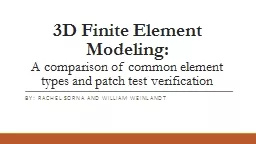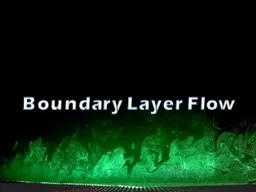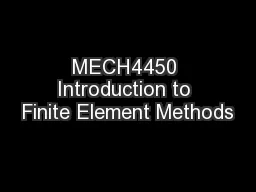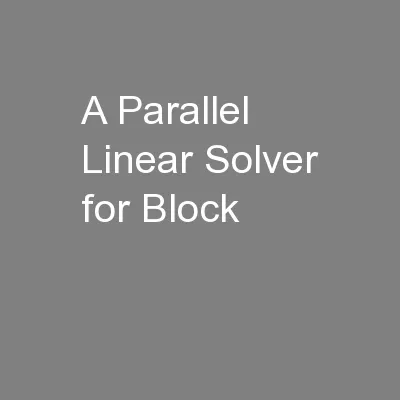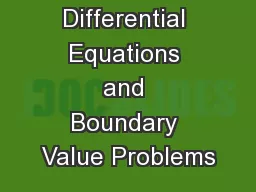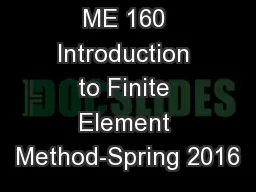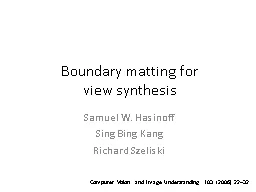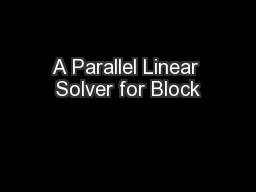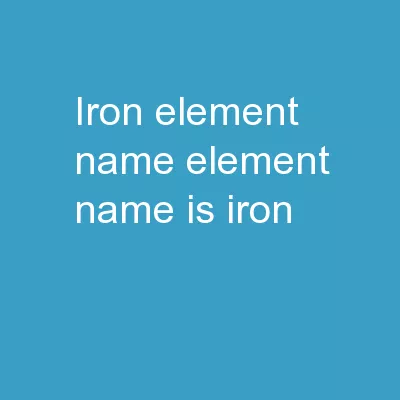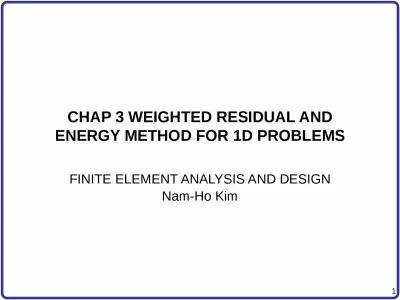PPT-Boundary Element Method Introduction
Author : ellena-manuel | Published Date : 2018-11-03
Stephen Kirkup School of Engineering University of Central Lancashire England Purpose The Boundary Element Method is a Numerical Method From a mathematical viewpoint
Presentation Embed Code
Download Presentation
Download Presentation The PPT/PDF document "Boundary Element Method Introduction" is the property of its rightful owner. Permission is granted to download and print the materials on this website for personal, non-commercial use only, and to display it on your personal computer provided you do not modify the materials and that you retain all copyright notices contained in the materials. By downloading content from our website, you accept the terms of this agreement.
Boundary Element Method Introduction: Transcript
Download Rules Of Document
"Boundary Element Method Introduction"The content belongs to its owner. You may download and print it for personal use, without modification, and keep all copyright notices. By downloading, you agree to these terms.
Related Documents

